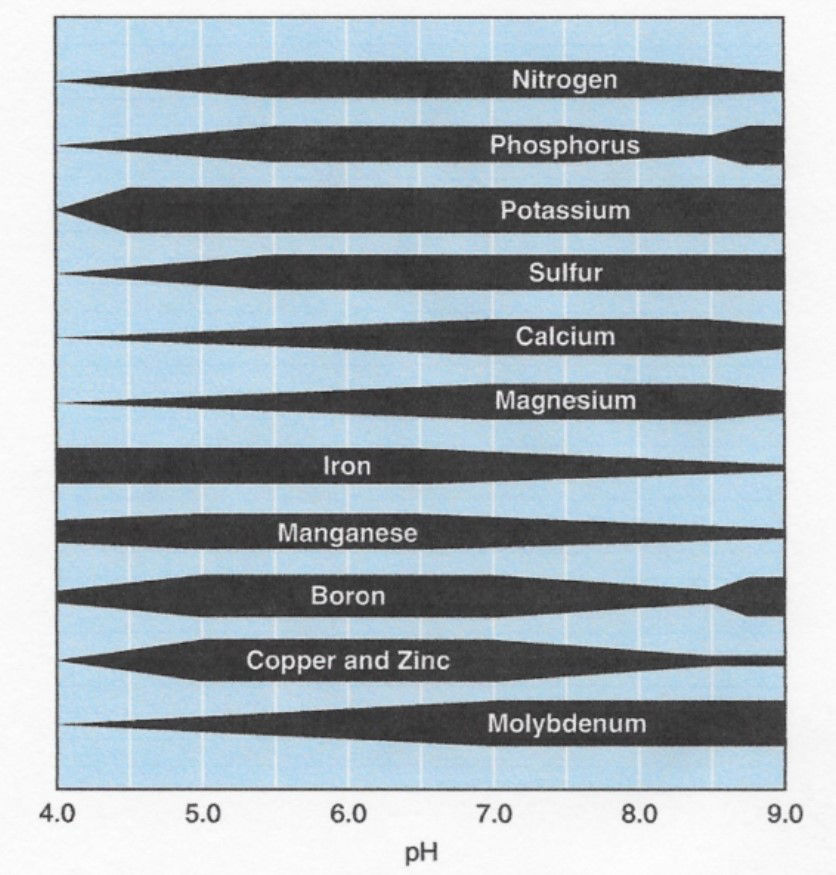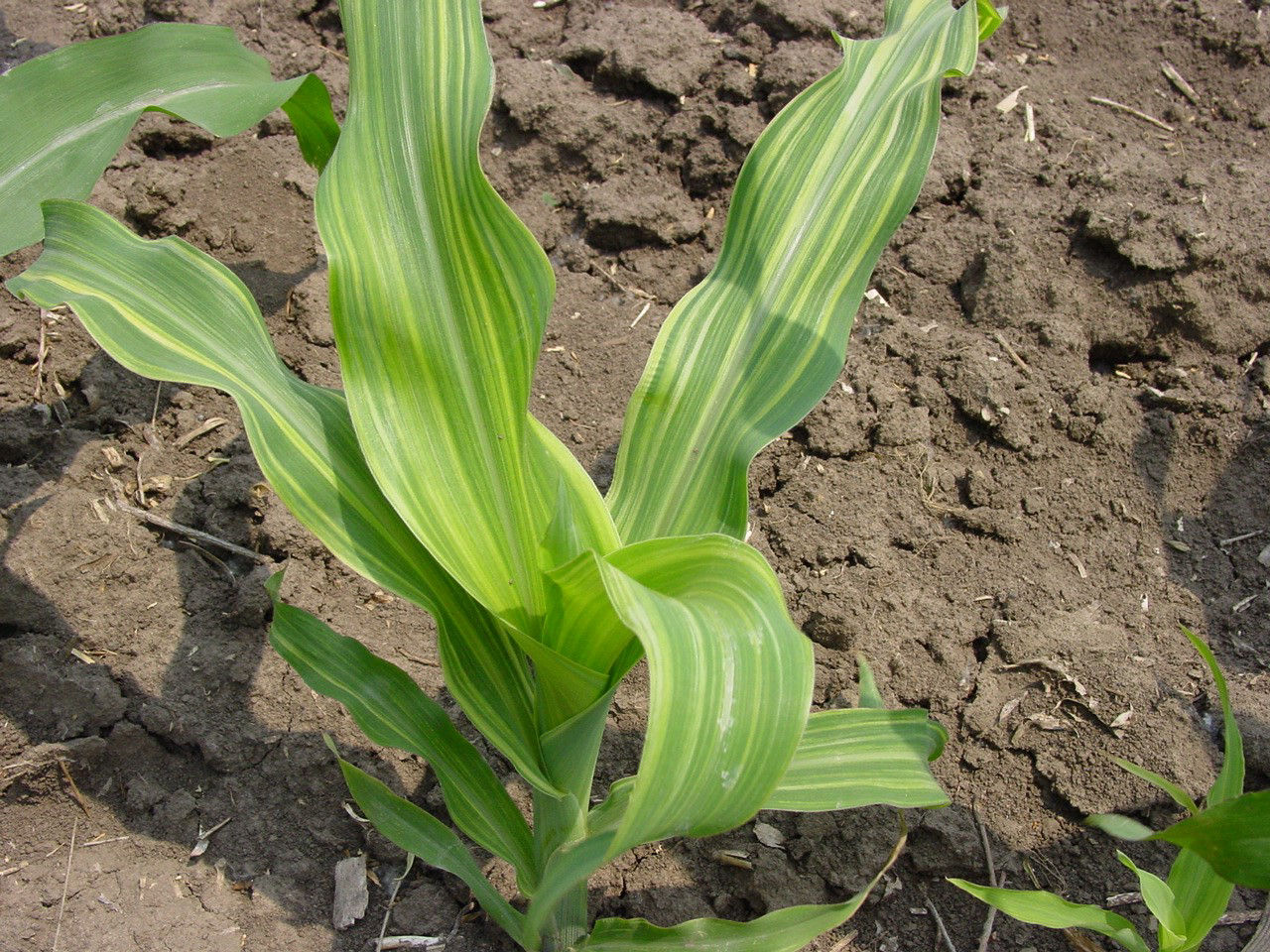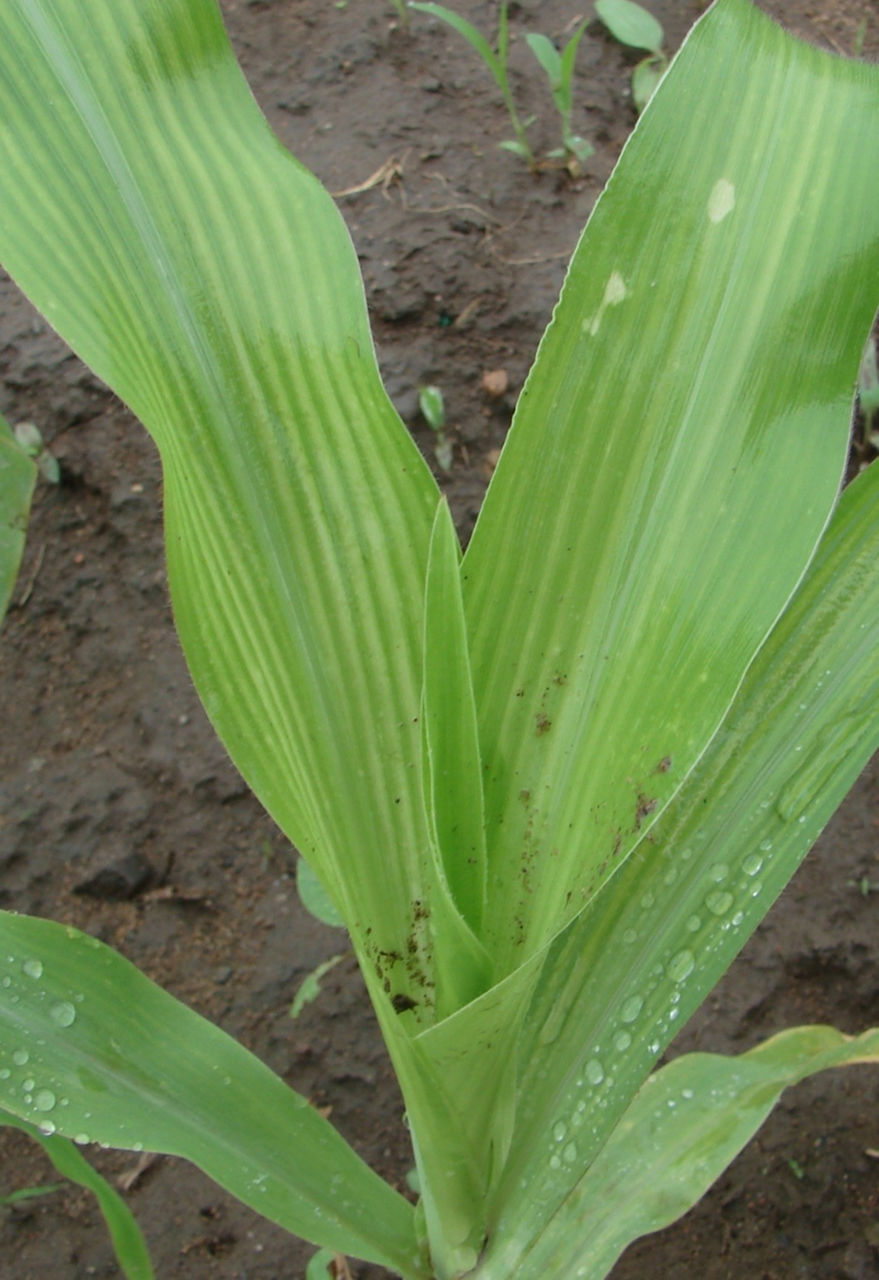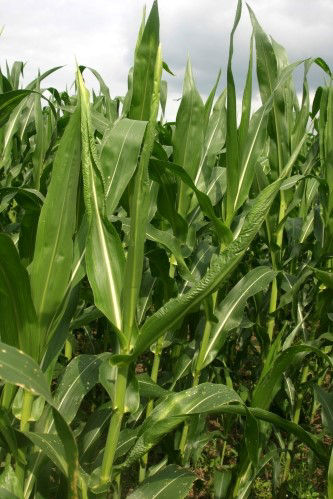10 MIN READ
Benefits of Micronutrients for Corn Production
February 14, 2024
Introduction
- Micronutrients are essential nutrients required by the plant in smaller amounts than macronutrients.
- Micronutrients include iron (Fe), manganese (Mn), zinc (Zn), copper (Cu), boron (B), molybdenum (Mo), and chlorine (Cl). These nutrients are important in many of the processes necessary for plant growth.
- The detection of a micronutrient deficiency in corn can be difficult. Both soil testing and plant tissue analysis are often necessary to diagnose a micronutrient deficiency.
- Of the micronutrients, corn has the highest sensitivity to Zn deficiency.
The Role of Micronutrients in Plants
Although plants only require relatively small amounts of micronutrients, micronutrients are essential for plant growth. If micronutrients are deficient, critical plant functions can be limited resulting in plant abnormalities, reduced growth, and lower yield potential. Each micronutrient can be involved in multiple plant growth functions (Table 1).
Table 1. The functions of micronutrients in plant development (from Essential Elements in Corn – Johnston and Dowbenko).1

Chlorine plays a key role in stomatal regulation, the evolution of oxygen in photosynthesis, and disease resistance and tolerance. Iron is a constituent of several enzymes, assists in nitrate reduction and energy production, and is essential for the formation of chlorophyll. Manganese is important in photosynthesis, respiration, and nitrogen assimilation. Zinc is a key constituent of many enzymes and proteins and plays an important role in growth hormone production. Copper is required for the activation of some enzymes, the processes of photosynthesis and respiration, and for plant metabolism of carbohydrates and proteins. Boron is essential for cell division, reproductive growth, and seed development. Molybdenum is an essential component of enzymes needed for nitrogen metabolism and the synthesis of amino acids in plants.
Availability of Micronutrients to Plants
Micronutrients are sufficient in most soils to meet corn production needs. However, the total concentration of a micronutrient in the soil can be a poor indicator of its availability to the corn plant. These nutrients can be abundant in the soil but limiting to plant growth because they are in a form unsuitable for absorption by roots. Micronutrient uptake by plants can be complex with many factors interacting. Some crops can be more prone to a micronutrient deficiency than others, and some varieties within a crop can exhibit a deficiency while others do not under the same growing conditions. Therefore, management of micronutrients for high yield corn production should include consideration of the conditions regulating their availability to include soil acidity or alkalinity, soil temperature and moisture, plant genetics, and interactions between the micronutrients and other inputs.

Soil pH is the most important factor affecting the availability of micronutrients to plants (Figure 1). With the exceptions of Mo and Cl, micronutrients are most available in low pH or acidic soils and are less available in high pH or alkaline soils. As soil pH increases, the availability of B, Cu, Fe, Mn, and Zn decreases. The availability of Mo increases as soil pH increases, and soil pH has no effect on Cl availability to plants. Maintaining a soil pH close to neutral or slightly acidic (6.0 to 7.0) generally provides good availability of micronutrients for corn production.
Soil type and organic matter (OM) levels can also impact micronutrient availability to plants. Sandy and low OM soils can be deficient in micronutrients. Fine-textured clay and high OM soils can tie up micronutrients, making them unavailable for plant uptake. Calcareous (alkaline) soils, acid peats or mucks, black sands, acid prairie soils, and lakebed or low-lying soils can lead to micronutrient deficiencies. Poorly drained soils can also contribute to reduced uptake of micronutrients by plants.
Nutrient imbalances can also trigger micronutrient deficiencies in plants. Excess phosphorus or overly manured soils can reduce the availability of Cu, Zn, Fe, and Mn. High levels of potassium (K) can cause B deficiency. Excess levels of Fe and Zn can reduce Cu availability; excess Cu, Mn, and Zn can reduce Fe availability; and excess Cu, Fe, and Zn can reduce Mn availability. Soils high in Fe that are highly weathered and acidic also tend to be low in Mo. Finally, other environmental conditions that can reduce micronutrient uptake by plants include cold, wet weather and overly dry conditions.
Micronutrient Deficiencies
Corn is considered to have different degrees of sensitivity to various micronutrient deficiencies. Corn is highly sensitive to Zn deficiency; medium-sensitive to Cu, Fe, and Mn; and low for B, Cl, and Mo. Micronutrients are generally immobile in plants, meaning that deficiency symptoms will appear first on the newest leaves or plant tissues. An exception to this is Mo deficiency, in which symptoms appear first on older leaves or plant tissue. A patchy distribution of micronutrient deficiency symptoms usually appears in fields due to variations in soil properties that affect availability and other management factors.

Zinc deficiency is the most common micronutrient deficiency problem encountered in corn. Symptoms appear as a yellow striping of the leaves (Figure 2). Broad chlorotic bands can occur on one or both sides of the leaf mid-rib. In severe deficiency, the plants can have shortened internodes. Cold, wet soils often trigger Zn deficiency in young corn plants with recovery occurring after the soils dry out and warm up. Soils that are alkaline, low in OM, high in phosphorus, calcareous where subsoils have been exposed, or organic peats high in OM are susceptible to Zn deficiency.

Fe, Mn, and Cu are each involved in chlorophyll formation. These three deficiencies occasionally occur in corn, with symptoms appearing as a visible yellowing of plant tissue (Figure 3). Fe and Mn deficiency symptoms can look similar with interveinal chlorosis on younger leaves. They can also be confused with sulfur and even Zn deficiency. Copper deficiency is not easily identified, with young growth often reduced, stunted, or distorted.

Deficiencies of B, Mo, and Cl rarely show up in corn. Boron deficiency symptoms can appear as abnormal growth on the youngest leaves with growing points eventually becoming stunted and dying (Figure 4). Molybdenum deficiency can resemble nitrogen deficiency with the older, lower leaves first becoming chlorotic. Chloride deficiency appears as chlorosis of the younger leaves and wilting of the plant. These nutrients are negatively charged anions that are subject to leaching. They can be in short supply in sandy soils with high rainfall or in highly weathered soils that are low in OM.
Management Considerations
Both soil testing and plant tissue analysis can be useful in diagnosing micronutrient deficiencies. Since there are limitations with soil testing of micronutrients, plant tissue analysis can be important in deficiency diagnosis. A combination of plant analysis with soil testing can provide a more accurate assessment of a micronutrient’s status in both the soil and crop.
Decisions about micronutrient fertilization can be better made by targeting fields with more likelihood of yield response and by following traditional knowledge about the conditions in which a micronutrient deficiency is more likely in corn. A soil pH above 6.6 and soil test Zn levels below 4 ppm may be needed before a yield response would be expected from Zn fertilization. Micronutrient fertilizers can be applied in a band at planting or foliar applied. If a micronutrient is needed, a starter band is probably the most efficient way of getting the nutrient to the plant. Manure, when available, can also be a good source of micronutrients, though note that there can be a lot of variability in the nutrient content of manure depending on the animal source, moisture content, and handling of the manure before application. The nutrients from manure are released into the soil over time, and manure can also help increase the organic matter and tilth of the soil, additionally helping to reduce micronutrient deficiencies. However, if micronutrient deficiency has never been identified or confirmed for a field, then micronutrient fertilization is likely unnecessary.
Sources
1Johnston, A. and Dowbenko, R. 2004. Essential elements in corn. In B. Shabtai and C.G. Kowalenko, Eds. Advanced silage corn management chapter 3: Nutrient management. Pacific Field Corn Association. https://farmwest.com/resources/books/advanced-silage-corn-management-2004/chapter-3/
Additional Resources
Oldham, L. and Anderson, K.L. 2019. Micronutrients in crop production. Mississippi State University Extension, IS1038. https://extension.msstate.edu/sites/default/files/publications/information-sheets/is1038_web.pdf
Mengel, D.B. Role of micronutrients in efficient crop production. Purdue University Cooperative Extension Service. Agronomy Guide, AY-239. https://www.extension.purdue.edu/extmedia/ay/ay-239.html
Vitosh, M.L., Warncke, D.D., and Lucas, R.E. 2006. Secondary and micronutrients for vegetables and field crops. Michigan State University Extension. Publication E486. https://archive.lib.msu.edu/DMC/extension_publications/e486/e486_06.pdf
Lentz, E. and Culman, S. 2014. Micronutrients in starter fertilizer for corn. Ohio State University Extension. Agronomic Crops Network, C.O.R.N. Newsletter, 2014-11. https://agcrops.osu.edu/newsletter/corn-newsletter/2014-11/micronutrients-starter-fertilizer-corn
Mallarino, A.P., Enderson, J.T., and Haq, M.U. 2014. Corn and soybean yield response to micronutrients fertilization. Iowa State University. 2014 Integrated Crop Management Conference. https://www.agronext.iastate.edu/soilfertility/info/Micros%20ICM%202014%20article_Mallarino.pdf
1213_72491